Lady Baltimore Party Cake
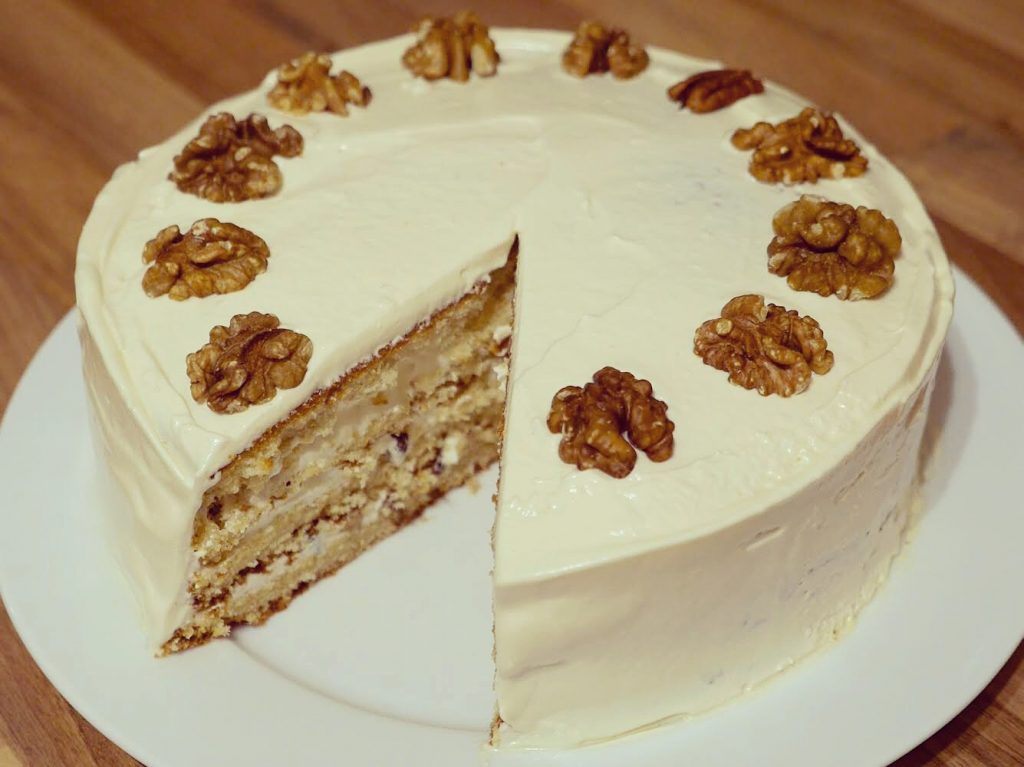
I have a real weakness for food with bizarre names, and the very thought of this cake, discovered in a fairly ancient book on American cookery, set my head in a spin. The origin of the name is much disputed and you can Google it to you heart’s content and make up your own mind; as for me, ‘Lady Baltimore’ simply conjures up images of Velma Von Tussle in John Waters’ outrageous classic film Hairspray. While you’re whipping up the Italian meringue into a frenzy it’s worth remembering that, as in the film, more is more in this case.
The Lady Baltimore cake (modified slightly by me – it is for the best, I promise you) is made up of two light sponges, split and layered with Italian meringue and a scattering of dried fruit and nuts and finished off with a coating of (more) meringue and decorated with (more) nuts. The end result is a very pretty, deep cake that makes a rather unusual and attractive centrepiece, making it ideal for a birthday party. Please bear in mind that the Italian meringue might not be suitable for really young children and the elderly due to the eggs not being ‘cooked’ as such (only lightly heated by hot syrup.) Eggs bearing the Lion Mark in the UK are certified salmonella-free, so any danger is minimal, but it is up to you of course.
Enough of the boring stuff and on with the cake!
You will need two 20cm/8″ cake tins, at least 6cm/2.5″ deep. Grease and line the bottoms with circles of baking paper.
For the cake:
150g/6oz butter, unsalted and softened
250g/10 oz caster sugar
1 tsp natural vanilla extract
225g/9oz plain flour
1 tbsp baking powder
1/2 tsp salt
165ml/5.5 fl. oz milk
4 large egg whites (US extra large)
For the filling & frosting (Italian Meringue)
275ml/9.5 fl.oz golden syrup, honey, maple syrup or light corn syrup (any will be fine)
2 large egg whites (US extra large)
Pinch of salt
100g raisins or dried cranberries
150g chopped nuts – I used walnuts. Reserve 50g / 12 whole nuts for decorating the top.
To make the cake:
Preheat the oven to 180c/350f/gas mark 4.
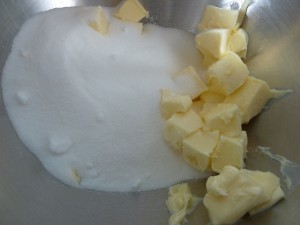
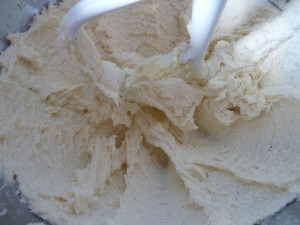
Cream the butter and sugar together until really pale and fluffy. It’s impossible to over beat at this stage so just keep going until it looks ready. Beat in the vanilla extract.
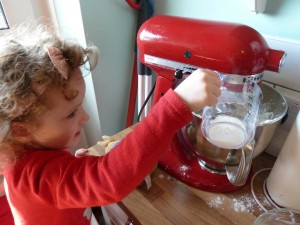
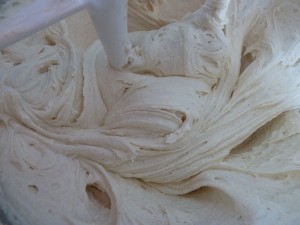
Sift together the flour, baking powder and salt. Add a few tablespoons to the mixture, mix, and add a slosh of milk. Keep going, alternating the flour with the milk until it’s all been mixed in thoroughly (but avoid over beating at this stage.)
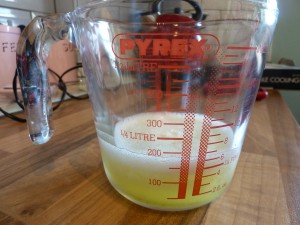
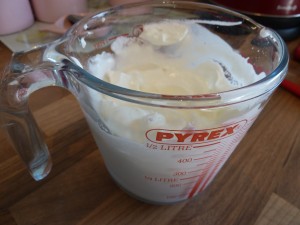
In a scrupulously clean jug or mixing bowl, beat the egg whites until really stiff and white. I use a Bamix hand mixer for this, but you could do it with a balloon whisk with a bit of effort. If you struggle with meringue, try taking a look at my guide to making meringue here. Now fold the egg whites into the cake mixture. Do not beat, as you will knock all the air out of the whites. Using a spatula (a silicone one is best for most cake making), scrape around the insides of the bowl and softly cut through the mix while doing so, so that you gently incorporate the egg whites.
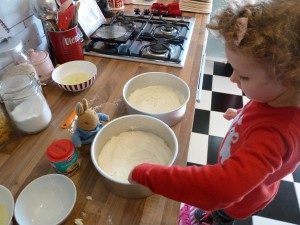
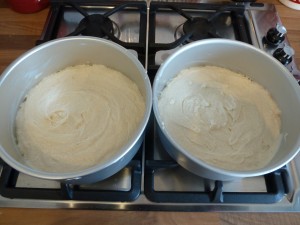
Divide the cake mixture evenly between the two tins. Place in the centre of the oven and bake for 35 mins. They should be golden and the tops will spring back when lightly pressed (if in doubt use a cake tester – it should come out clean). Allow the cakes to cool in the tins for about ten minutes then carefully remove and cool thoroughly on a wire cooling rack. While the cakes are cooling you can get on with the frosting.
To make the frosting:
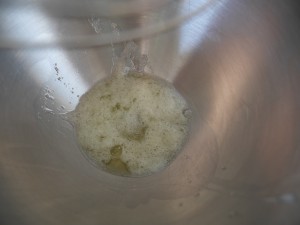
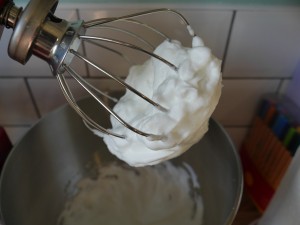
Heat the syrup in a heavy-bottomed pan until it is boiling, then remove the pan from the heat and set aside. Beat the egg whites with the salt until they are very stiff. I use my Kitchen Aid with the balloon whack attachment for this, but a hand mixer would be fine too, although it makes the next stage a bit trickier. When the egg whites are ready, slowly pour in the hot syrup. DO NOT POUR HOT SYRUP ON TO THE WHISK or any moving parts as it is likely to splatter back in your face and that’s no fun at all. Pour in stages with the motor switched off, or trickle the syrup very carefully down the sides of the bowl while mixing on the slowest speed so it avoids splattering.
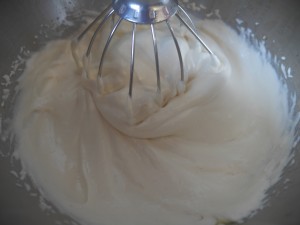
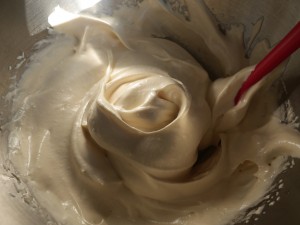
Once the syrup has been gently and safely incorporated into the egg whites, you can turn up the speed and give it a thorough beating. It will still be quite warm so leave it to cool a bit (and pop it in the fridge if necessary) before icing the cake.
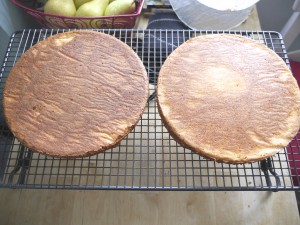
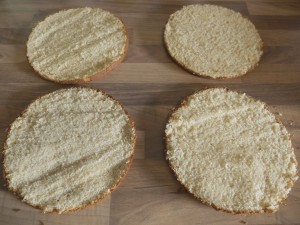
Once the cakes have cooled, carefully slice them in half using a serrated knife (or a cake leveller if you have one) so that you have four even layers. Divide your fruit and chopped nuts into three little mounds (remember to reserve 50g/12 whole nuts for the final decoration later).
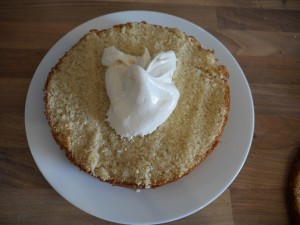
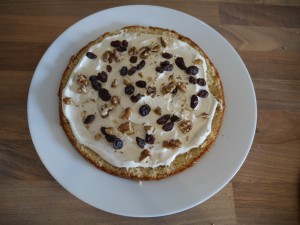
Put the bottom layer of sponge on to a plate or cake stand and dollop enough frosting on, enough to spread a nice thick layer all over. Sprinkle one of your quantities of dried fruit and chopped nuts all over. Repeat with the second and third layers of sponge, making sure you have plenty of meringue left over to smooth all over the cake.
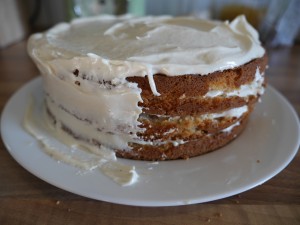
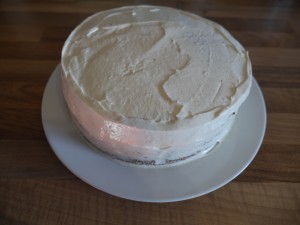
Place the fourth and final layer of sponge on top of the cake and, using you palette knife, carefully smooth the meringue all over. When you are happy with it, arrange the reserved nuts on top as you please; I’ve used 12, one for each slice.
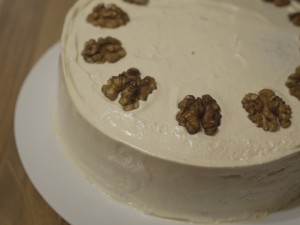
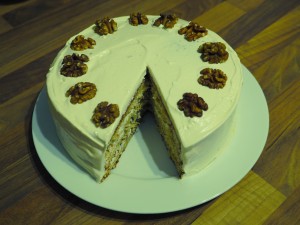
Please note, unless you’re planning on serving this cake immediately, it’s worth remembering that it is best stored in the fridge due to the Italian meringue.
